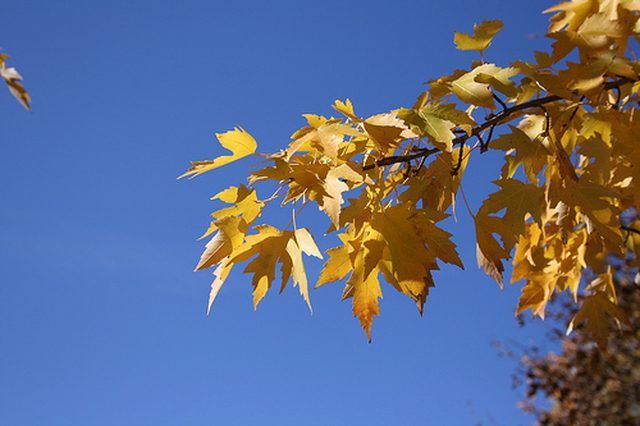Bulbs
Flower Basics
Flower Beds & Specialty Gardens
Flower Garden
Garden Furniture
Garden Gnomes
Garden Seeds
Garden Sheds
Garden Statues
Garden Tools & Supplies
Gardening Basics
Green & Organic
Groundcovers & Vines
Growing Annuals
Growing Basil
Growing Beans
Growing Berries
Growing Blueberries
Growing Cactus
Growing Corn
Growing Cotton
Growing Edibles
Growing Flowers
Growing Garlic
Growing Grapes
Growing Grass
Growing Herbs
Growing Jasmine
Growing Mint
Growing Mushrooms
Orchids
Growing Peanuts
Growing Perennials
Growing Plants
Growing Rosemary
Growing Roses
Growing Strawberries
Growing Sunflowers
Growing Thyme
Growing Tomatoes
Growing Tulips
Growing Vegetables
Herb Basics
Herb Garden
Indoor Growing
Landscaping Basics
Landscaping Patios
Landscaping Plants
Landscaping Shrubs
Landscaping Trees
Landscaping Walks & Pathways
Lawn Basics
Lawn Maintenance
Lawn Mowers
Lawn Ornaments
Lawn Planting
Lawn Tools
Outdoor Growing
Overall Landscape Planning
Pests, Weeds & Problems
Plant Basics
Rock Garden
Rose Garden
Shrubs
Soil
Specialty Gardens
Trees
Vegetable Garden
Yard Maintenance
Maple Trees Information
Maple Trees Information. Maple trees provide gorgeous fall foliage and rich maple syrup. Spread over parts of Asia, Europe and North America, the genus Acer has easily recognizable leaves and seeds.

Maple trees provide gorgeous fall foliage and rich maple syrup. Spread over parts of Asia, Europe and North America, the genus Acer has easily recognizable leaves and seeds.
Size
Maple trees vary in size. While some resemble small shrubs, the largest varieties can grow as tall as 145 feet.
Leaves
You can tell a maple by its leaf, which has three veins emanating out from the stem. Maple leaves change color in the autumn to shades of yellow, red and orange.
Flowering
Maple trees have innocuous green flowers, which are self-pollinating. After pollination, these small flowers turn into seeds with characteristic wings.
Syrup
Maple trees are perhaps best known for the producing staple of Sunday breakfasts, maple syrup. The sugar and black maples are the two types of maple trees most commonly tapped for syrup.
Uses
In addition to syrup, the maple tree has other commercial uses. Maple wood is valued for furniture making and musical instruments, especially drums, and maple blossoms are a key food in the honeybee's diet.